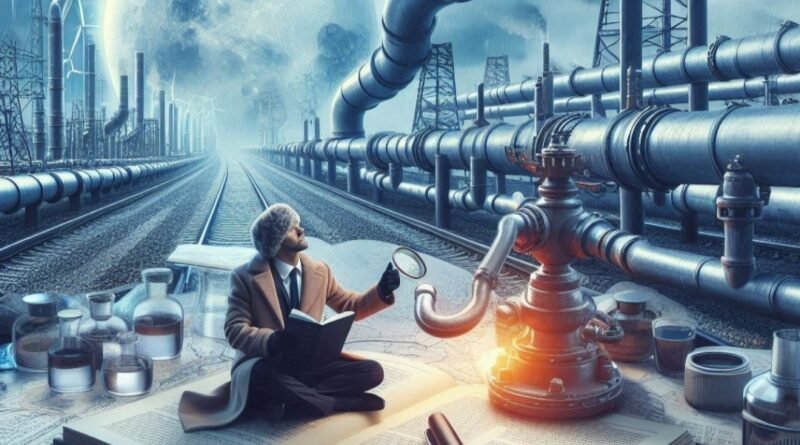Study on Methane Release from Nord Stream Pipelines| Ias Banenge
Context:
Researchers from the University of Gothenburg have found that a significant portion of the methane gas released from the ruptured Nord Stream pipelines in the Baltic Sea last September never reached the atmosphere.
Relevance:
GS III: Environment and Ecology
READ MORE- Official Visit of Bangladesh’s Prime Minister to India
Dimensions of the Article:
- Methane Overview
- Key Facts about the Baltic Sea
Methane Overview
Primary Component and Impact
- Methane is the main component of natural gas and contributes significantly to global warming, accounting for about one-third of the warming we experience today.
Characteristics
- Methane is a colorless and odorless gas, which is flammable and insoluble in water.
- Also known as marsh gas or methyl hydride.
- Easily ignites, and its vapors, being lighter than air, can cause containers to rupture violently and rocket when exposed to prolonged fire or intense heat.
- Methane is a potent but short-lived greenhouse gas, with a lifetime of about a decade and a Global Warming Potential (GWP) about 80 times greater than that of carbon dioxide (CO2) over a 20-year period after its release into the atmosphere.
Sources
- Major sources of methane include agriculture, fossil fuels, and the decomposition of landfill waste.
Impacts
- Methane emissions harm human and ecosystem health.
- They lead to ground-level ozone pollution, causing approximately a million premature deaths annually worldwide, reducing crop productivity, and damaging ecosystems.
Key Facts about the Baltic Sea
Location and Geography
- The Baltic Sea is a semi-enclosed inland sea situated in Northern Europe.
- It extends from the North Atlantic Ocean, stretching northward from the southern latitude of Denmark almost to the Arctic Circle, separating the Scandinavian Peninsula from the rest of continental Europe.
Countries Sharing the Coastline
- The coastline of the Baltic Sea is shared by Sweden, Poland, Lithuania, Latvia, Finland, Estonia, Germany, Denmark, and Russia.
Connections
- The Baltic Sea connects to the White Sea via the White Sea Canal and to the North Sea’s German Bight via the Kiel Canal.
- It connects to the Atlantic Ocean through the Danish Straits.
Gulfs
- It includes three major gulfs: the Gulf of Bothnia to the north, the Gulf of Finland to the east, and the Gulf of Riga slightly to the south.
-Source: India Today




